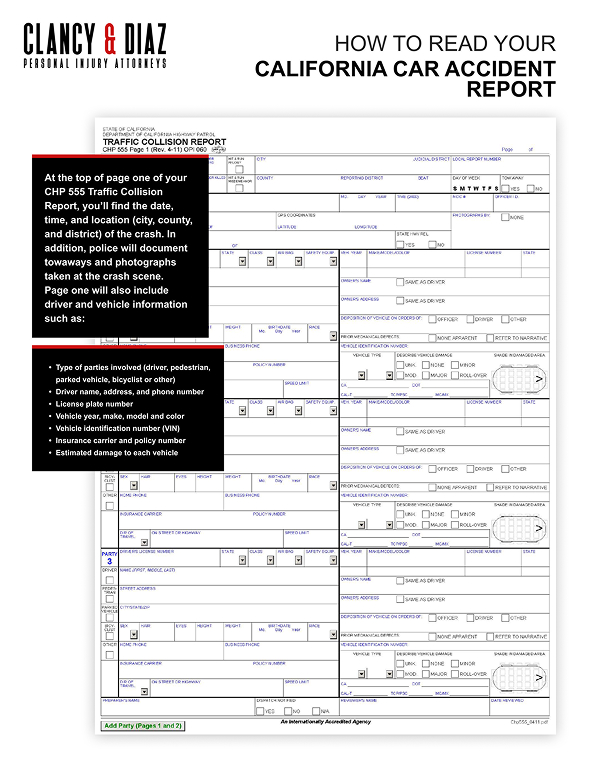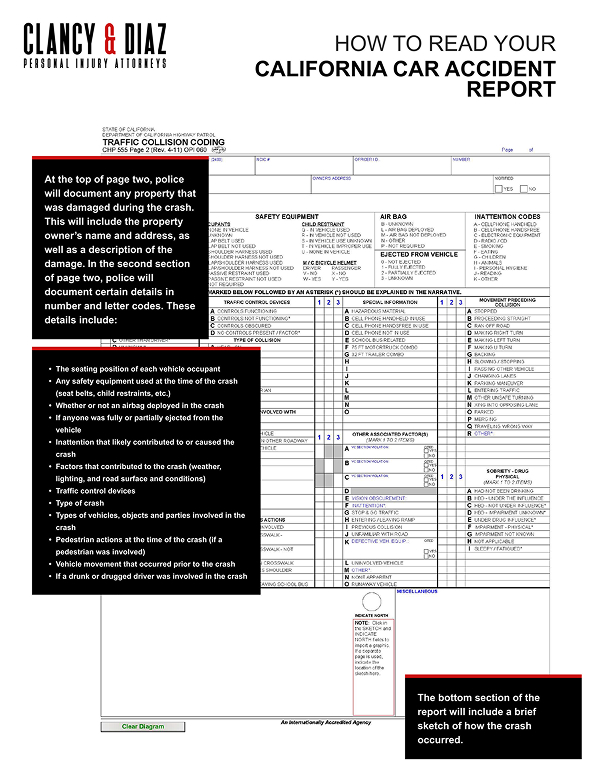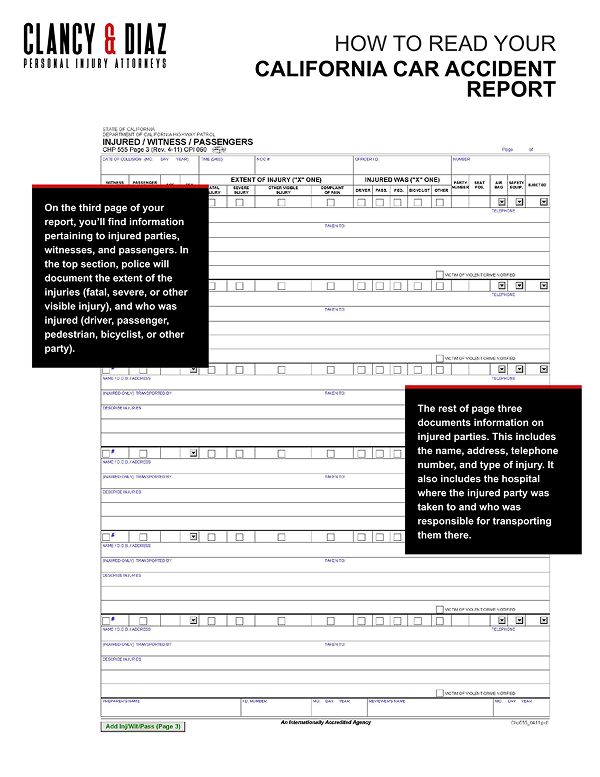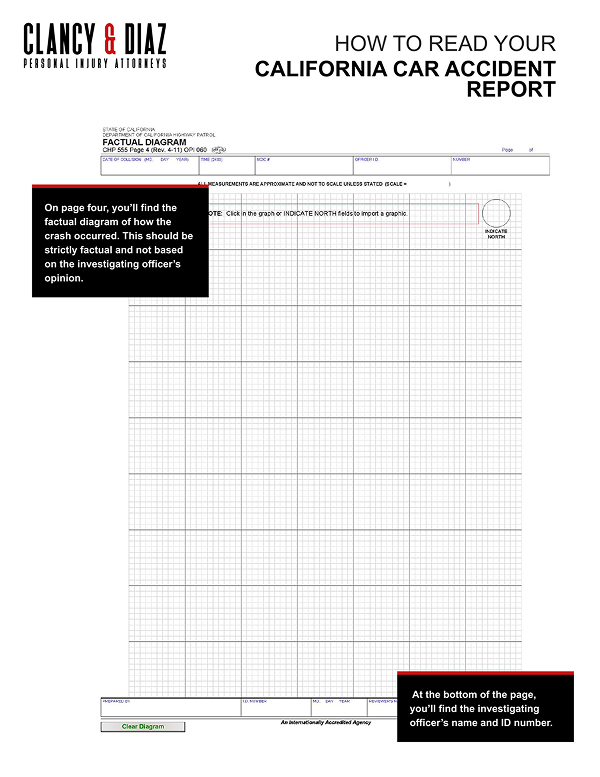How to Read Your California Car Accident Report
The aftermath of a car accident in California can be a frustrating and drawn-out process. You may have sustained significant injuries or lost a loved one. To make matters worse, the at-fault driver’s insurance company may delay your compensation or use its bag of tricks to pay you as little as possible.
Building a strong case against the at-fault driver and their insurance company takes an in-depth investigation. This often starts with your official car accident report, which an experienced attorney can use as a basis to conduct a much broader investigation.
If you’re involved in a collision, you must call the police and wait for them to arrive. The police officer who investigates the crash scene will fill out an accident report. In California, this report is called the CHP 555 Traffic Collision Report. It’s critical that you know what information is documented on your report and how to read it. Take the time to thoroughly review your report to ensure that all details pertaining to your crash are accurate. If there are any errors on your report, the attorneys at Clancy & Diaz, LLP can fight to get them corrected. Contact our law office to find out how we can help you.
How to read your CHP 555 Traffic Collision Report
Page 1

At the top of page one of your CHP 555 Traffic Collision Report, you’ll find the date, time, and location (city, county, and district) of the crash. In addition, police will document towaways and photographs taken at the crash scene.
Page one will also include driver and vehicle information such as:
- Type of parties involved (driver, pedestrian, parked vehicle, bicyclist or other)
- Driver name, address, and phone number
- License plate number
- Vehicle year, make, model and color
- Vehicle identification number (VIN)
- Insurance carrier and policy number
- Estimated damage to each vehicle
Page 2

At the top of page two, police will document any property that was damaged during the crash. This will include the property owner’s name and address, as well as a description of the damage.
In the second section of page two, police will document certain details in number and letter codes. These details include:
- The seating position of each vehicle occupant
- Any safety equipment used at the time of the crash (seat belts, child restraints, etc.)
- Whether or not an airbag deployed in the crash
- If anyone was fully or partially ejected from the vehicle
- Inattention that likely contributed to or caused the crash
- Factors that contributed to the crash (weather, lighting, and road surface and conditions)
- Traffic control devices
- Type of crash
- Types of vehicles, objects and parties involved in the crash
- Pedestrian actions at the time of the crash (if a pedestrian was involved)
- Vehicle movement that occurred prior to the crash
- If a drunk or drugged driver was involved in the crash
The bottom section of the report will include a brief sketch of how the crash occurred.
Page 3

On the third page of your report, you’ll find information pertaining to injured parties, witnesses, and passengers. In the top section, police will document the extent of the injuries (fatal, severe, or other visible injury), and who was injured (driver, passenger, pedestrian, bicyclist, or other party).
The rest of page three documents information on injured parties. This includes the name, address, telephone number, and type of injury. It also includes the hospital where the injured party was taken to and who was responsible for transporting them there.
Page 4

On page four, you’ll find the factual diagram of how the crash occurred. This should be strictly factual and not based on the investigating officer’s opinion. At the bottom of the page, you’ll find the investigating officer’s name and ID number.
Click here to download a printable version.
